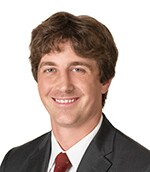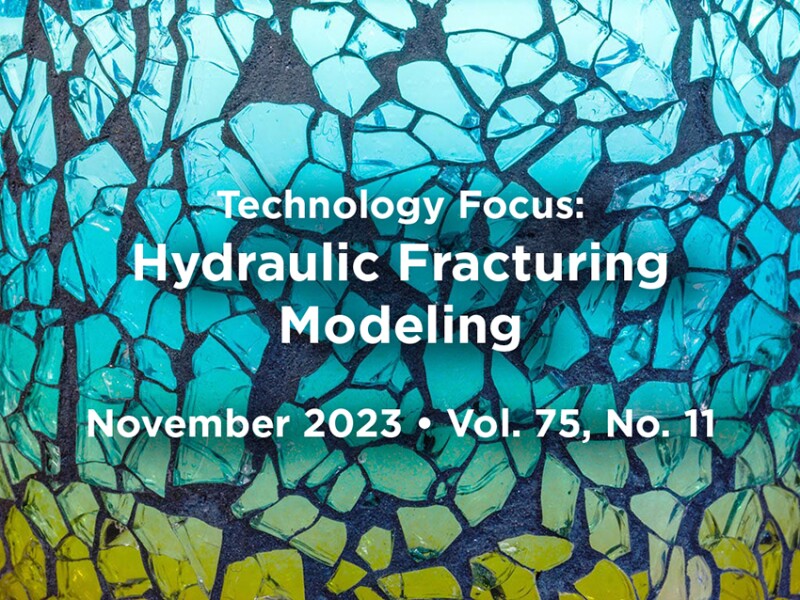The purpose of hydraulic fracture modeling is to improve engineering decision-making. Success requires practical knowledge, engagement with real data, theoretical understanding, and critical thinking. The payoff is tremendous; design improvements routinely yield major uplifts in well performance and project economics.
What types of papers push forward the state of the art for hydraulic fracturing modeling?
In the pure development of models, practitioners adopt different philosophies. Some seek faster running models for quicker results. Others focus on integration of physics, trying to capture the essential elements of all key physical processes and how they interact. Still others focus on high-precision answers to narrower aspects of the problem. The appropriate emphasis depends on the context of how and why the model is being used.
Many of the most influential papers of the past decade on hydraulic fracture modeling have not been modeling papers at all. Modeling depends on formulating a realistic conceptual model. New types of data collection and new ways of analyzing and interpreting data have given engineers a much clearer picture of what is happening in the subsurface. Extraordinary field-scale data-collection projects have given us calibration data that is not available from any other means. With a firmer foundation of knowledge, engineers can construct models that are not only precise but also, more importantly, accurate, and can apply them to solve practical problems.
The work flow—how modeling is integrated with field data, practical knowledge, and engineering decision-making—is just as important as the model itself. Thus, papers that offer practical case studies are valuable because they demonstrate work flows and success stories that others can build upon.
Hydraulic fracture modeling continues to be a vital contributor across a range of applications: shale, conventional reservoirs, and developing areas such as enhanced geothermal systems.
This Month’s Technical Papers
Modeling Usage of Degradable Fluid-Loss Additive Revamps Fracturing Design
3D Integrated Model-Driven Work Flow Developed for Shale Hydraulic Fracturing
Fracture Conductivity Work Flow Models Well Spacing, Completions Design
Recommended Additional Reading
SPE 212328 Interpretation of Fracture Initiation Points by In-Well Low-Frequency Distributed Acoustic Sensing in Horizontal Wells by Smith Leggett, Texas Tech University, et al.
URTeC 3864951 Revealing the Production Drivers for Refracs in the Williston Basin by Alexander Cui, Novi Labs, et al.
SPE 214784 Application of Hybrid Physics-Based and Data‑Driven Fracture Propagation Modeling for Characterizing Hydraulic Fracture Geometry in Unconventional Reservoirs by K. Aldhayee, Texas A&M University, et al.

Mark McClure, SPE, is the CEO of ResFrac, which he established in 2015 to help operators maximize value through the application of advanced geomechanics and reservoir simulation. Before founding ResFrac, McClure was an assistant professor at The University of Texas at Austin in the Department of Petroleum and Geosystems Engineering. After earning a BS degree in chemical engineering and an MS degree in petroleum engineering from Stanford University, he earned a PhD in energy resources engineering at Stanford.

